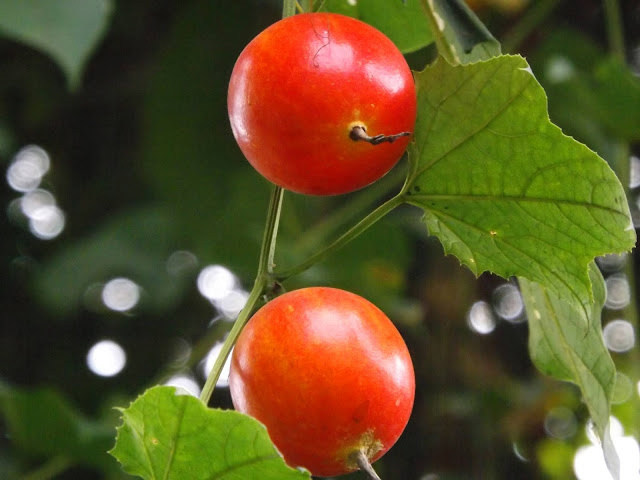Amloki or Amla, Phyllanthus emblica
Amloki or Amla (Phyllanthus emblica, family: Pyllanthaceae) is a small to medium-sized deciduous tree with branches attaining a height of 6-14 m. The plant is commercially cultivated in Bangladesh as well as Indian subcontinent. Amloki contains more vitamin C than any other fruits in the world except Barbados cherry.
Common names: Amla, Anola, Indian gooseberry, Emblic myrobalan.
Flowers are very small, yellowish, crowded towards the lower portion of the branchlets. Flower blooms in March-April.
Leaves are feathery, small and linear. Fruit is globose, light green, slightly transparent. Ripe fruit is yellowish; seed 6, blackish.
Propagation is caused by seeds and by cuttings. Usually 6-7 years old plant starts giving fruits and the fruiting continues for 30-40 years. The fruit tastes not only sour but tastes bitter and sweet too.
The plant is grown in orchard for its valuable fruits, rich in medicinal substances. Fruit is diuretic, purgative and anti-dandruff. It is used in constipation, diarrhea and dysentery, dyspepsia, gastric acidity, leucorrhoea, insomnia, myopia and cough. The original home of the tree is South-east Asia.
It is mentioned in Ayurvedic script as one of the member of Triphala. The other two are Horitoki and Bohera.









Comments
Post a Comment